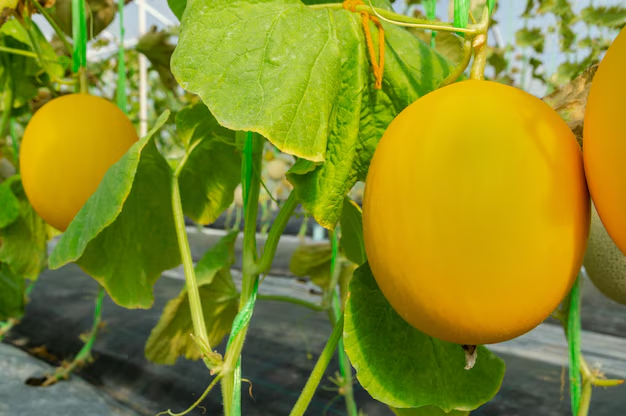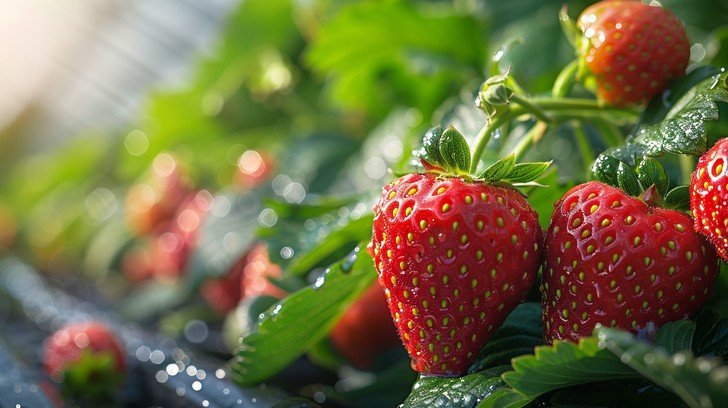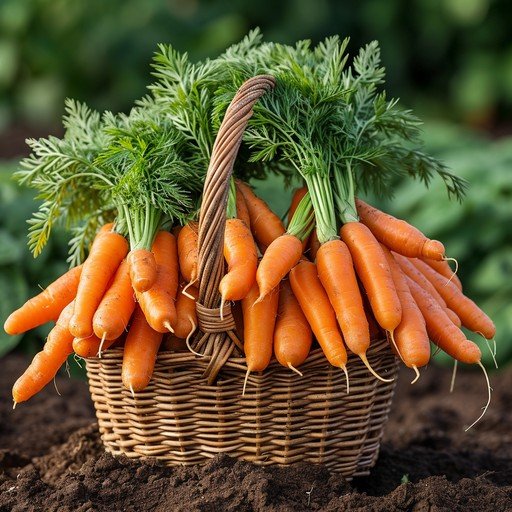How to Eliminate Weeds Without Chemicals
Weeds are one of the most frustrating challenges gardeners face. They crowd out plants, steal nutrients, and make gardens look untidy. But you don’t need harsh chemicals to solve this problem. Learning how to eliminate weeds naturally keeps your garden safe, eco-friendly, and thriving. In this guide, we’ll explore proven, non-toxic methods to control weeds, improve soil health, and maintain beauty no sprays required.
Why Avoid Chemical Weed Killers?
Chemical herbicides may seem convenient, but they come with risks. They can harm beneficial insects, contaminate soil and water, and leave residues on edible plants. Many gardeners now choose organic methods to protect ecosystems and their families. The good news? You can eliminate weeds effectively without toxins.
The Royal Horticultural Society emphasizes that “non-chemical weed control is not only possible—it’s better for long-term garden health.” Let’s dive into practical strategies.
Understanding Weeds: What You’re Up Against
Weeds aren’t just random plants. They thrive because they’re adapted to survive in disturbed soil. Common types include:
- Annual weeds (e.g., crabgrass): Complete their life cycle in one season.
- Perennial weeds (e.g., dandelions): Return yearly from roots.
- Seedbank weeds: New seeds sprout each year, even if you remove existing plants.
Knowing your enemy helps you choose the right tactics to eliminate weeds for good.
7 Proven Ways to Eliminate Weeds Without Chemicals
1. Manual Removal: Get Your Hands Dirty
The simplest way to eliminate weeds is to pull them out by hand or with tools. For small gardens, this works well—especially if you remove weeds when the soil is moist (they pull out easier).
Tip for perennials: Always dig out the entire root. Use a weeding hook or garden fork to loosen deep-rooted plants like dandelions.
Gardening Know How recommends getting down on your knees and working methodically. This method costs nothing and gives you immediate results.
2. Mulch Like a Pro
Mulch smothers weeds by blocking sunlight. Apply 2–3 inches of organic material—such as straw, wood chips, or shredded leaves—around plants.
- Vegetable beds: Use straw or compost.
- Flower beds: Shredded bark or pine needles work well.
As mulch breaks down, it also feeds your soil. For best results, reapply every few months to keep weeds at bay.
3. Boiling Water or Vinegar
For stubborn patches, pour boiling water directly onto weeds. This wilts them quickly, though it may take a couple of applications.
A vinegar solution (mix 1 part white vinegar with 1 part water) can also kill surface weeds. Spray on a sunny day so the solution dries quickly.
Note: These methods work best on soft, young weeds. Avoid spraying near desirable plants—vinegar is non-selective.
4. Physical Barriers
Create a barrier to prevent weeds from sprouting.
- Landscape fabric: Lay this under mulch or gravel in flower beds.
- Cardboard or newspaper: Cut to fit garden beds, then cover with mulch.
Three Acre Farm highlights that barriers are especially useful along pathways or around raised beds.
5. Crop Rotation and Companion Planting
Weeds often thrive in neglected soil. Rotating crops disrupts their growth cycles. Pairing plants that repel weeds—such as marigolds (which deter nematodes) or garlic (which inhibits many weeds)—can reduce infestations.
The Heirloom Soul suggests planting dense, healthy crops to shade out weeds naturally.
6. Flame Weeding
For larger areas, a handheld flame weeder burns weed leaves without harming soil. This method is safe for driveways, patios, or around trees.
Always use caution: keep flames away from dry vegetation and follow safety guidelines.
7. Improve Soil Health
Healthy soil grows strong plants that outcompete weeds.
- Add compost to boost fertility.
- Plant cover crops (like clover or rye) in offseasons to suppress weeds and add organic matter.
Gardeners World notes that “nutrient-rich soil reduces weed pressure” because your plants thrive.
Seasonal Tips to Eliminate Weeds
- Spring: Remove emerging weeds early. Apply fresh mulch after planting.
- Summer: Reapply mulch during dry spells. Use boiling water for annual weeds.
- Fall: Pull weeds before they set seed. Plant cover crops to protect soil.
- Winter: Smother weeds with a thick layer of leaves or straw.
Common Mistakes When Trying to Eliminate Weeds
- Ignoring small weeds: Let them grow, and they’ll seed prolifically.
- Tilling when wet: Compacts soil and spreads weed seeds.
- Skipping mulching: Bare soil invites weeds.
- Using fresh manure: It can contain weed seeds—compost it first.
Tools You’ll Need
- Weeding hook or trowel
- Garden rake
- Spray bottle (for vinegar)
- Landscape fabric or mulch
- Flame weeder (optional)
Final Thoughts
Learning how to eliminate weeds without chemicals is a game-changer for your garden. These natural methods protect the environment, save money, and build healthier soil. Start with one technique—like mulching—and watch your garden transform.
At GardenKT, we believe sustainable practices lead to the best results. For more tips on maintaining fertile soil, read our guide to best compost for organic gardens. And for deeper insights into non-chemical weed control, visit the RHS Weed Control Guide.
With patience and consistency, you’ll enjoy a weed-free garden that thrives—naturally.









